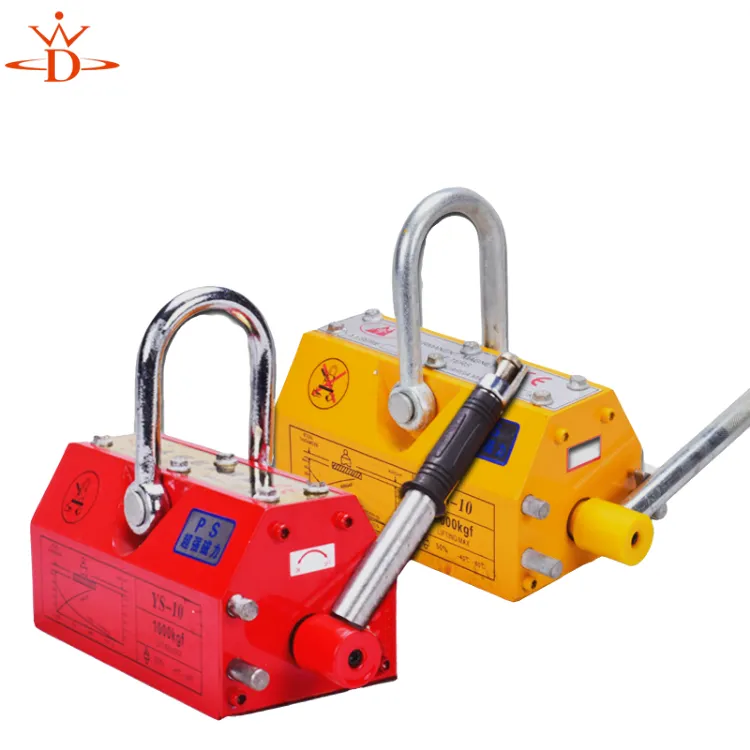Overhead Gantry Crane Design and Applications for Efficient Material Handling Solutions
Overhead Gantry Crane An Essential Tool in Modern Industry
In the ever-evolving landscape of modern industry, efficiency and safety are paramount. One critical tool in achieving these goals is the overhead gantry crane. These cranes have become integral to various sectors, including construction, manufacturing, and shipping, due to their ability to lift and move heavy loads with precision and ease.
Understanding Overhead Gantry Cranes
An overhead gantry crane consists of a horizontal beam supported by two vertical legs, which move along tracks. The design allows the crane to travel along a defined pathway, providing enhanced maneuverability over an expansive work area. This setup significantly increases lifting capabilities, permitting the transport of heavy and bulky materials effortlessly. Typical configurations can lift loads ranging from a few tons to several hundred tons, making them versatile for various applications.
Key Components and Functionality
The primary components of an overhead gantry crane include the main girder, end trucks, hoist, and mechanisms for movement. The main girder acts as the primary support structure, distributing the weight of the loads. End trucks are attached to each end of the girder and are equipped with wheels that allow the crane to traverse along its tracks. The hoist mechanism, generally located on the main girder, is responsible for lifting and lowering loads. This clever combination of components ensures that the crane can operate smoothly and efficiently.
Moreover, overhead gantry cranes can be powered through various means, including electricity, pneumatic systems, or hydraulic systems. Electric-powered cranes are particularly popular due to their reliability and ease of operation. Additionally, many modern gantry cranes are equipped with advanced control systems, enabling operators to manage loads with enhanced accuracy while improving safety measures.
Applications Across Industries
over head gantry crane

The versatility of overhead gantry cranes makes them applicable across numerous sectors. In manufacturing, these cranes facilitate the assembly of large machinery, allowing for the efficient movement of components. In construction, gantry cranes are invaluable for lifting steel beams, transporting precast concrete panels, and maneuvering heavy equipment. The shipping industry also benefits from these cranes; they are essential for loading and unloading containers from docks, improving turnaround times and operational efficiency.
Moreover, the use of overhead gantry cranes can significantly reduce labor costs and the risk of injury. By automating the lifting and moving processes, companies can minimize manual handling and the associated hazards. This aspect is particularly critical in environments where heavy lifting is a routine requirement.
Safety Considerations
While overhead gantry cranes enhance productivity, they also necessitate a stringent focus on safety protocols. Operators must undergo comprehensive training to ensure they understand the crane's functions and potential hazards. Regular inspections and maintenance are also crucial to ensure the equipment operates safely and efficiently over its lifespan. Additionally, implementing load monitoring systems and emergency stop mechanisms can further mitigate risks associated with crane operations.
Future Trends
As industries continue to embrace automation and digital technology, the future of overhead gantry cranes looks promising. Innovations such as remote control operation, enhanced lift planning software, and integration with smart manufacturing systems are on the rise. These advancements can lead to improved efficiency, reduced operational costs, and enhanced safety in overhead crane operations.
Conclusion
In conclusion, overhead gantry cranes play a pivotal role in modern industry, revolutionizing the way heavy materials are handled. Their robust design, versatile applications, and potential for automation make them indispensable in various sectors. As technology continues to advance and industries evolve, the overhead gantry crane will undoubtedly remain a cornerstone of efficient and safe material handling, adapting to meet the needs of future industrial challenges. The ongoing investment in safety, innovation, and operator training will ensure that these cranes continue to provide value for decades to come.
-
Unlock Seamless Relocation with Our Heavy Equipment Moving ExpertiseNewsJun.06,2025
-
Unleash Unrivaled Flexibility with Our Adjustable Gantry CraneNewsJun.06,2025
-
Unleash Heavy-Duty Efficiency with Our Industrial Gantry Crane SolutionsNewsJun.06,2025
-
Revolutionize Steel Handling with Our Magnetic Lifter RangeNewsJun.06,2025
-
Master Equipment Mobility with Premium Machinery Mover SolutionsNewsJun.06,2025
-
Elevate Your Material Handling with Magnetic Lifter TechnologyNewsJun.06,2025
-
YS Permanent Lifting Magnets: The Smarter Way to Handle SteelNewsMay.22,2025
